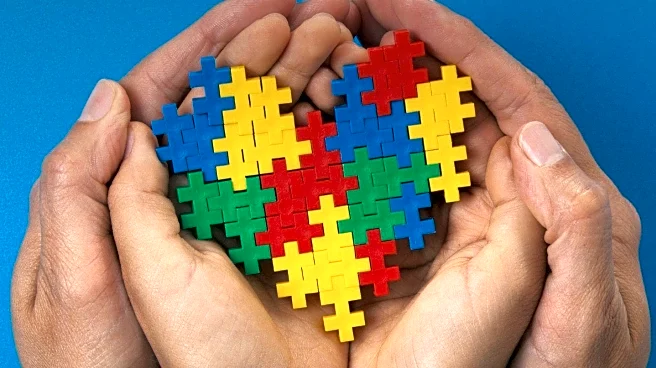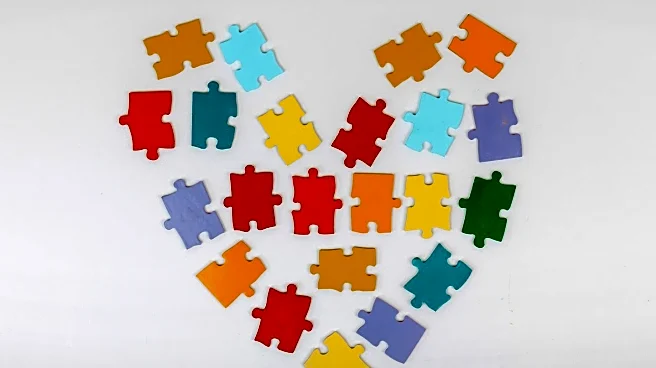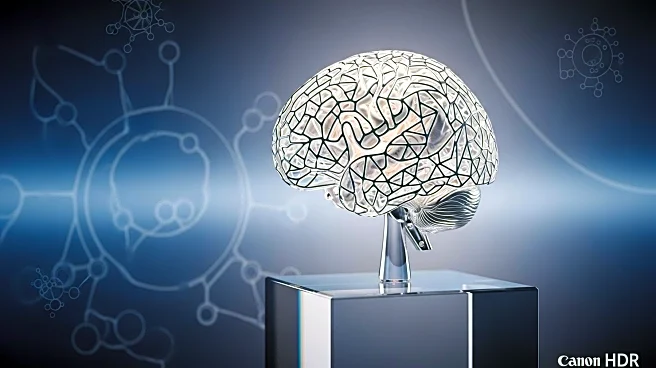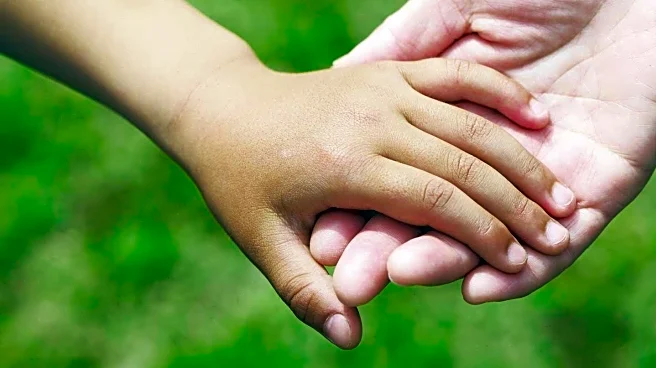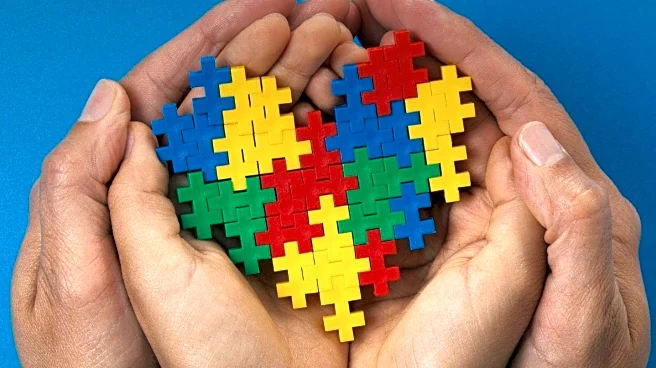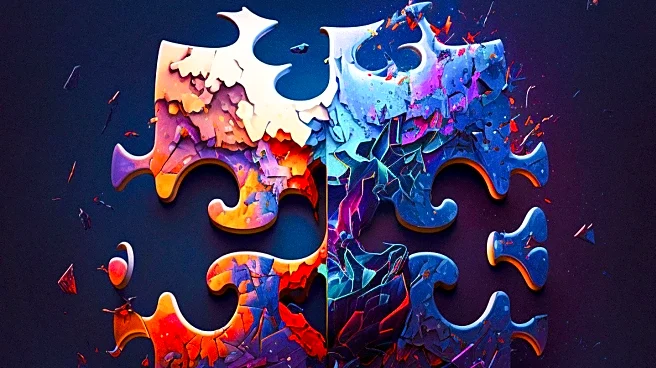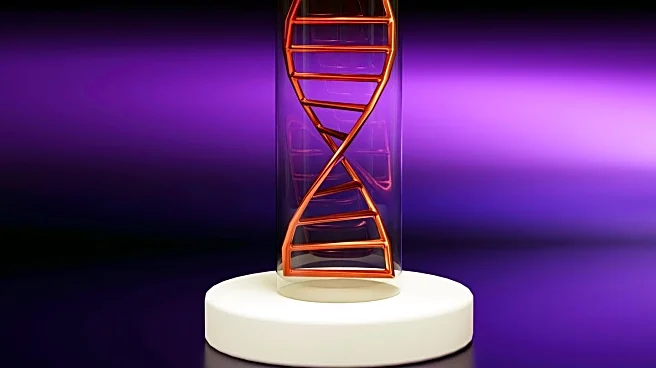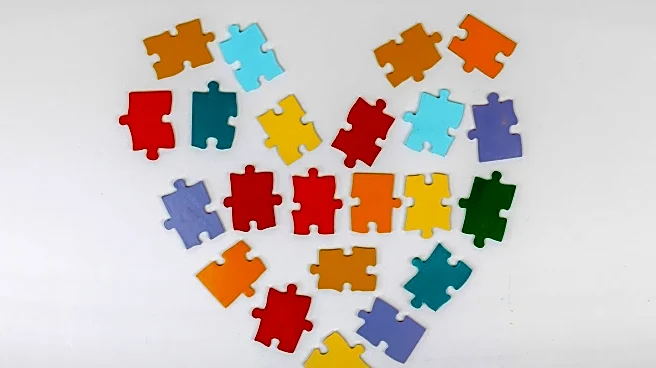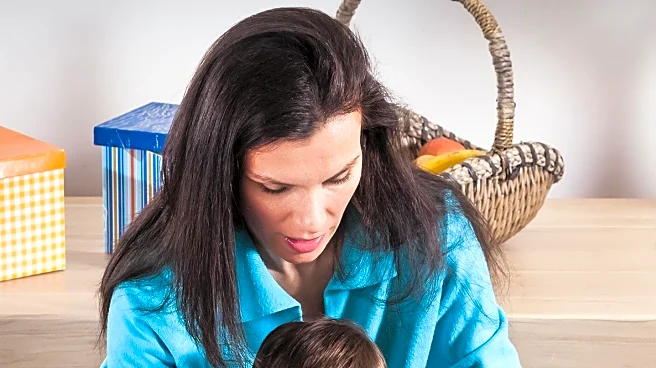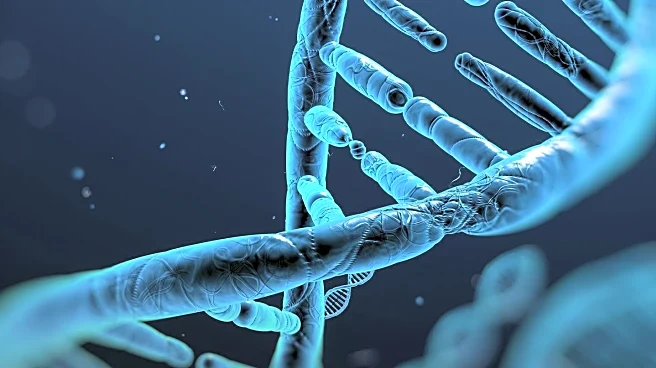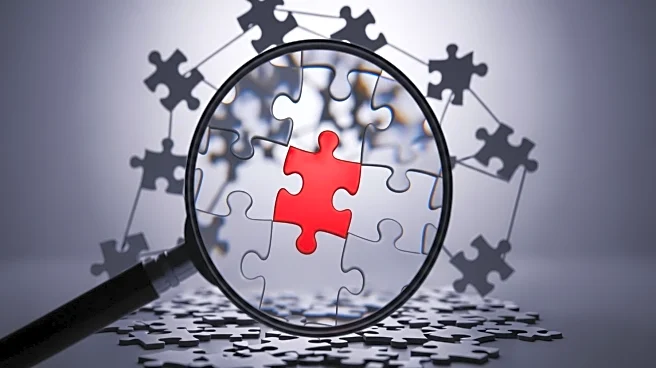What is the story about?
What's Happening?
There has been a significant increase in autism diagnoses among women, with many receiving their diagnosis later in life. This trend is partly attributed to diagnostic criteria historically being shaped around stereotypical male presentations of autism, leading to many women being misdiagnosed or undiagnosed. Molly Siobhan Parker, diagnosed at 22, shares her experience of masking autistic traits until reaching burnout. The National Autistic Society notes that diagnostic criteria have evolved, but many women still face challenges in receiving appropriate support post-diagnosis.
Why It's Important?
The rise in diagnoses among women underscores the need for more inclusive diagnostic criteria that account for diverse presentations of autism. This shift could lead to better support systems and resources for women who have been overlooked by traditional diagnostic models. Increased awareness and understanding of autism in women can improve mental health outcomes and reduce stigma associated with neurodivergence.
What's Next?
Efforts to improve diagnostic criteria and support services for autistic women are likely to continue, with advocacy groups pushing for more research and resources. The Welsh government is working to reduce waiting times for neurodivergence services, which may lead to more timely diagnoses and interventions. Community initiatives, such as online support groups and local meet-ups, are expected to grow, providing peer support and shared experiences.
Beyond the Headlines
The increase in autism diagnoses among women challenges societal perceptions of neurodivergence and highlights the importance of diverse representation in media and research. It prompts a reevaluation of how mental health services are structured and delivered, advocating for personalized approaches that consider individual needs and experiences.
AI Generated Content
Do you find this article useful?
